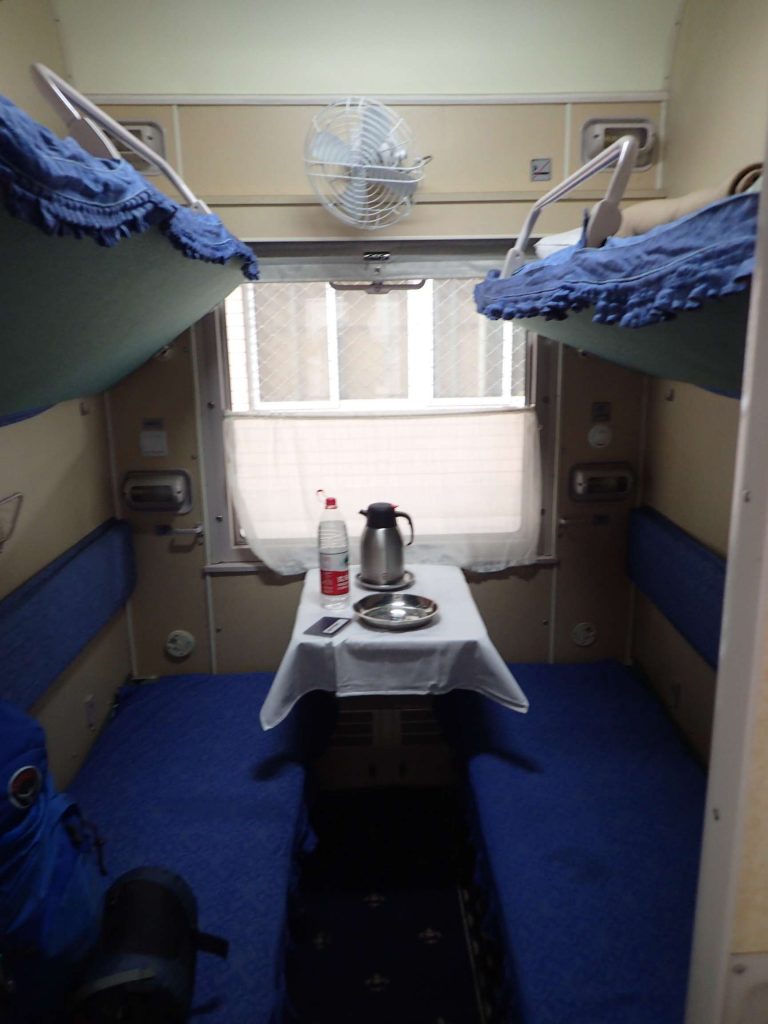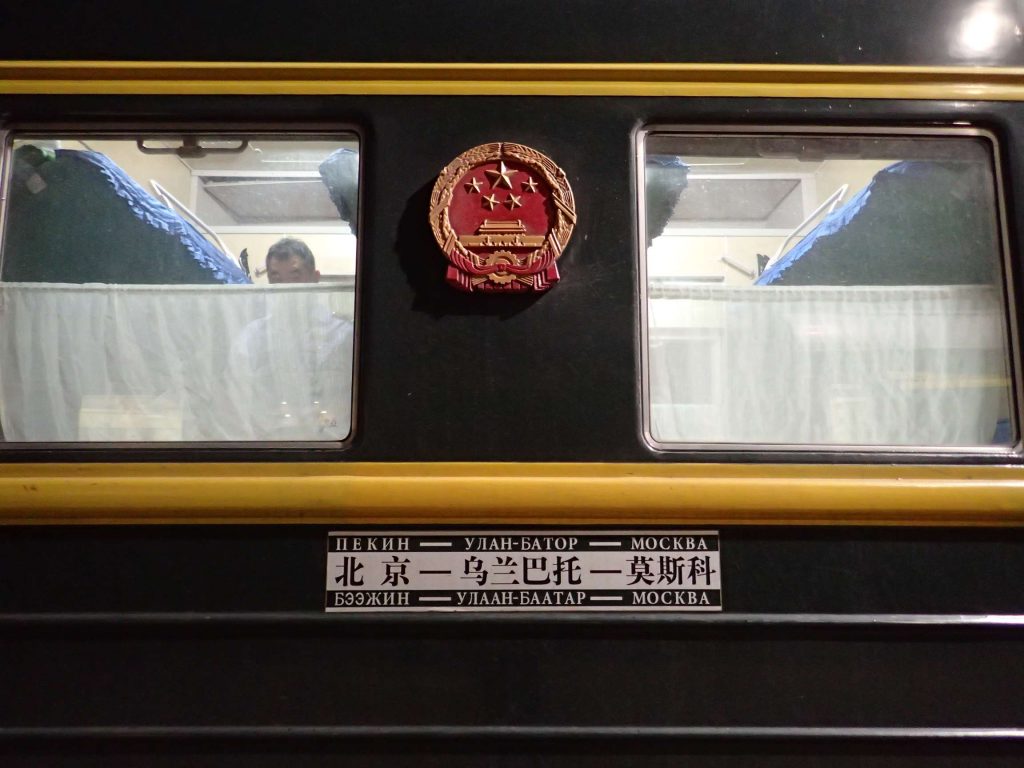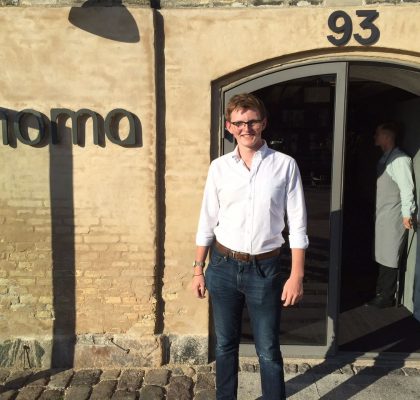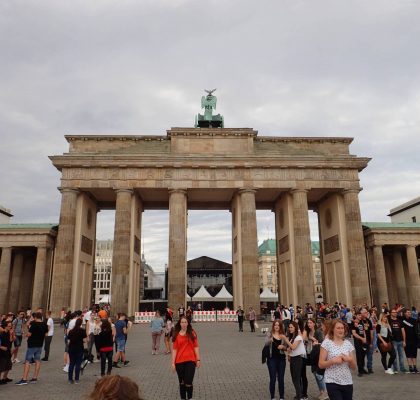Entering the Beijing train station, it wasn’t hard to find the right platform thanks to the crowd of non-Asians surrounding it. In contrast to the high-tech, high-speed streamlined Chinese trains, this one was far older. I’d guess it last got a refurbish in 1970.

My entire carriage was mostly empty, I think only 3 of the 12 or so compartments had people in them. Next to us were a Russian mother and her son travelling back home to Novosibirsk after a holiday at the Yellow Sea in China. My compartment-mate was a guy from Hong Kong named Sun, who was off to see Irkutsk and Lake Baikal.
The train décor is charmingly Soviet, with linoleum walls and floors, half of the lighting fixtures broken, and a toilet with an inexplicable hole – about the size of a golf ball – in the floor. It wasn’t just in our toilet, either. I checked. Design ‘feature’? With some effort, a few of the windows still slide down so you can get an unobstructed view of the countryside. I was surprised to see about 50% westerners taking this train. It’s the weekly ‘slow train’ which goes all the way from Beijing to Moscow, so while I was getting off in Ulan-Bator, there were lots of Russians on board and a few westerners going all the way to Moscow. There were quite a few elderly tourists, too (not to mention Australians), who made up the bulk of the first class carriage: the place you go to warm up and pretend you’re in a 1950s train thriller. In contrast to our plastic carriage, first class is decorated with rich, dark wood paneling, and each cabin has an ensuite bathroom – still, I didn’t think it worth triple what I paid!

Setting off, the scenery rapidly changed from smog/mist-shrouded mountains to more arid hills, eventually flattening out as we neared Mongolia.

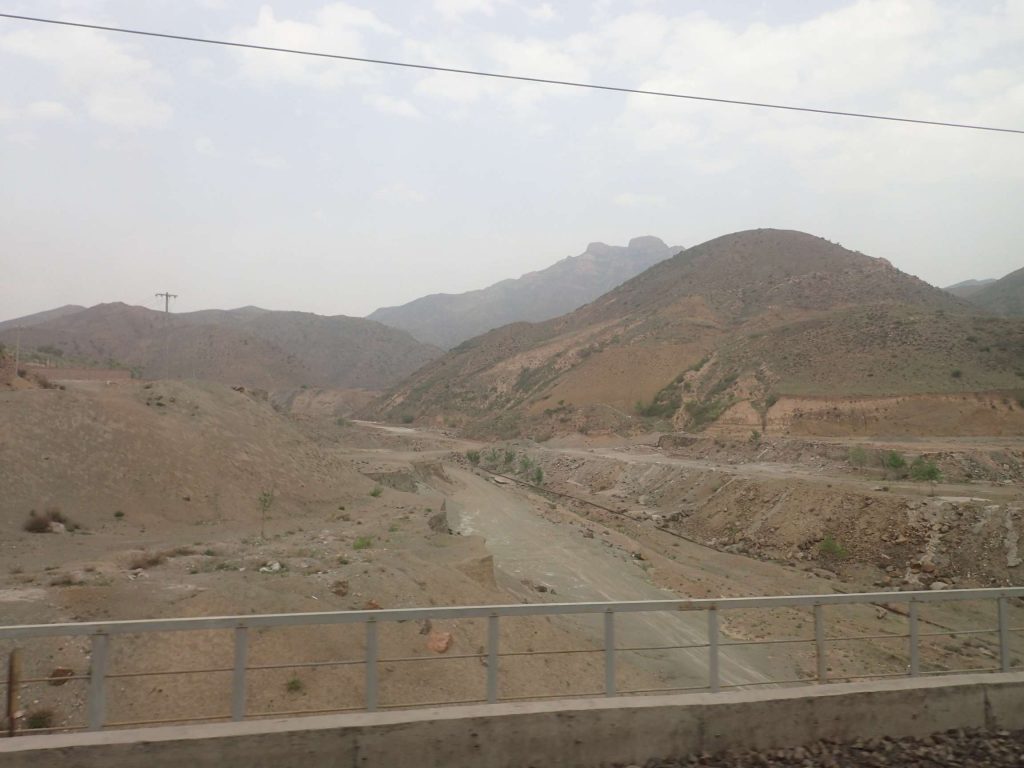
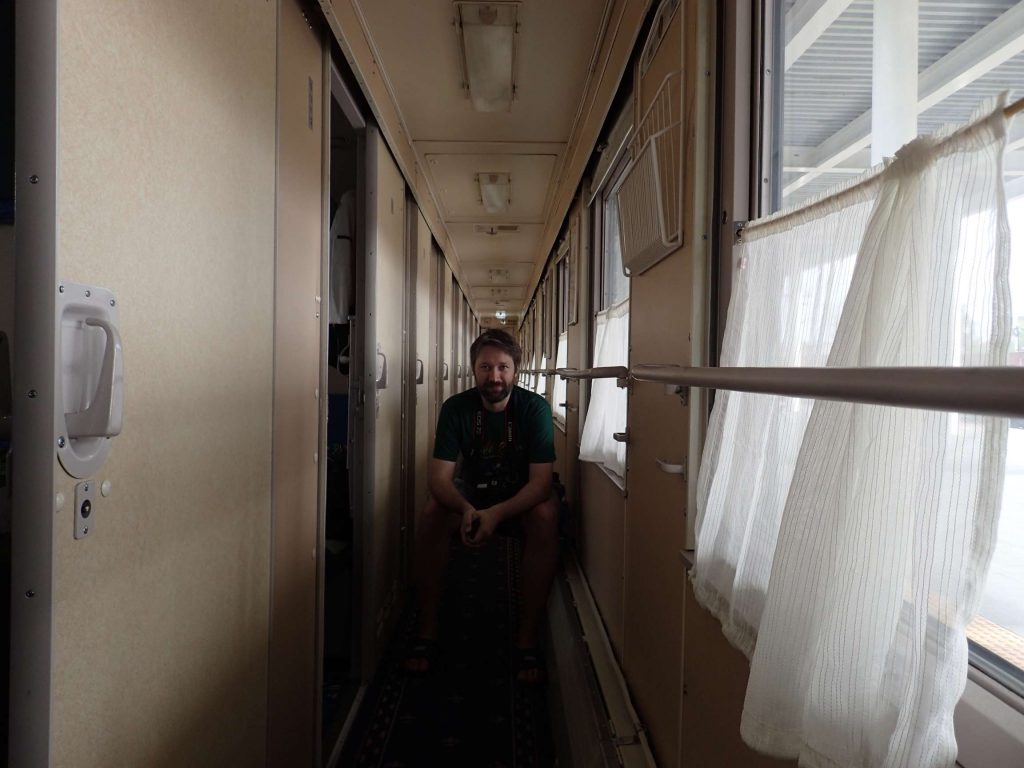
These guys were great – the aforementioned mother and son. They fulfilled and exceeded, in the best possible ways, all of my stereotypes about Russians. They both had just enough English to communicate, but not too much so as to remove the fun of talking to them. At one point, the mother – a doctor named Helen – came up to me in the hallway and said (this is phonetic) “You vant eet?”. I responded “Want what?” – so she repeated herself, but louder. After much confusion and yelled Renglish (Russian-English, it’s a thing I just made up), she went into her compartment and came back with a vacuum packed sausage and some bread – “Oh, ‘you want eat?'”. If Russians don’t scare you to death with yelling and sternness, they’ll kill you with food and hospitality.
Dmitry delighted in showing me all the pictures of their holiday, from his daughter to their hotel room to a stuffed Totoro he found. He also (of course) runs a blog exploring abandoned Soviet military sites – he showed off pictures of unused bunkers and abandoned pyrite mines which, I have to admit, were pretty cool. He said there was one about 100km from Irkutsk, one of my stops, so I’ll look into going.
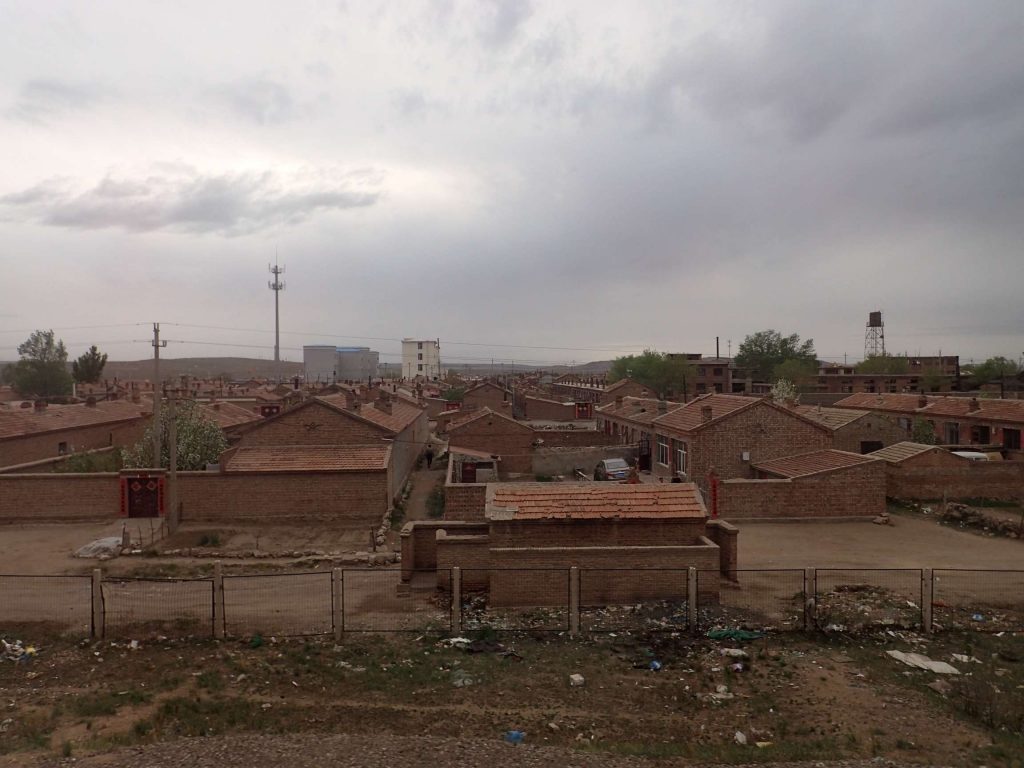
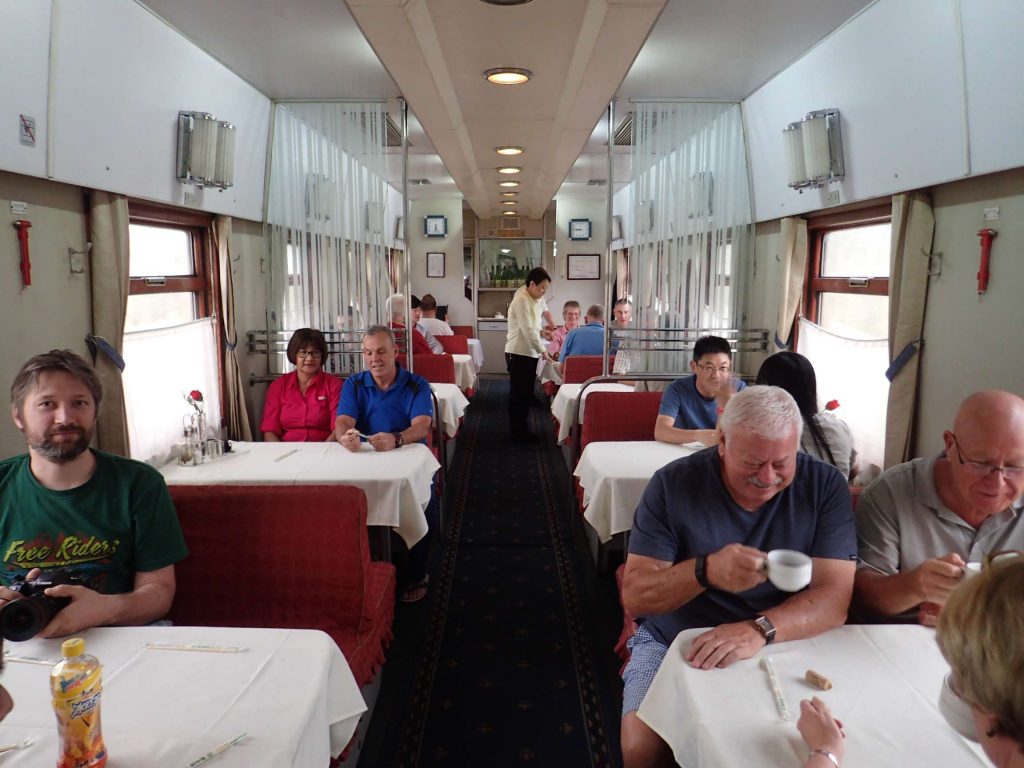
I noted down my favourite quotes from the Russians – I could listen to them speak all day. Conversation ranged from a small town near Novosibirsk (their hometown) which produces weaponised plutonium to hilariously wrong population numbers – they adamantly claimed that Russia has 750m people and China has 3bn (they actually have 150m and 1.4bn, respectively). Dmitry was quite proud that the plutonium factory is surrounded by an electric fence and two military bases, meaning the crime rate was almost zero. Of course, they were both strong supporters of Putin. According to poll numbers, he’s actually very popular among many Russians (I think 60-80% support him, depending on who you ask – it could also be China-style statistics manipulation).
When I mentioned I was getting off in Ulan-Bator, Helen made a sharp noise and went “Mongolia! Ees asshole of vorld!”. They then proceeded to show me all the pictures from their Russia – China train ride, and I have to admit, Mongolia looks very grim from the train. They kept mentioning all the ‘bonus’ by the side of the tracks – it took me a while to realize they were saying ‘bones’.
At about 10:20pm, we stopped at Erlian on the Chinese side of the Chinese-Mongolian border for passport control and to change the width of the wheels on the train: the track gauges are different widths in China and Mongolia. I’d read the process took a few hours, so me and Sun jumped out onto the deserted platform to see the full length of the train. Other than the biting cold and my ridiculously bad dress sense (once again, flip-flops, jeans and t-shirt), station seemed ..nice, if a bit grim. The train was imposing – 16 carriages long. Out on the platform, there was inexplicably a national-anthem like choir song playing over the station PA, which gave the whole thing a rather grand feel.

We jumped back on the train once we reached the end – it was damn cold outside – and made our way back down through the train itself.
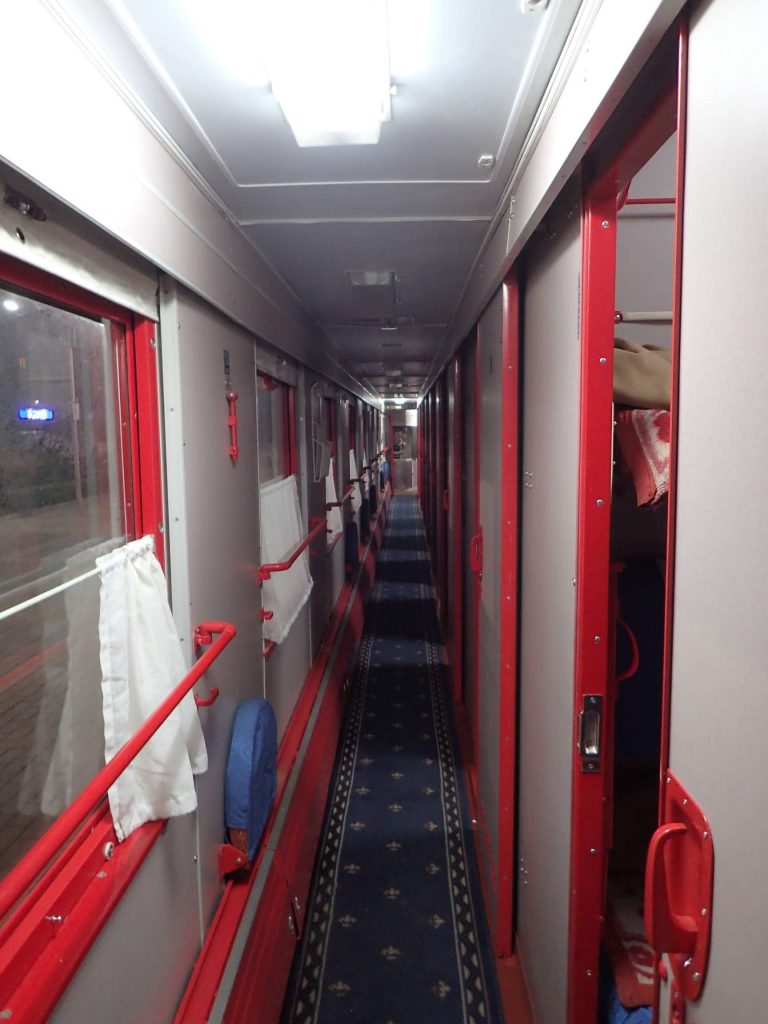
We got about halfway through the train when we opened the door to the next carriage and-

Our carriage was gone! Apparently they do the wheel gauge changes in batches. Thankfully, Sun can speak Cantonese and (real) Mandarin: the carriage attendant the train would be back by midnight. It was 10:30. We took refuge in the customs and immigration building, which we found, to our delight, had a still-open duty free shop. Staffed by two drunken Mongolians watching talent shows on a fuzzy CRT television, it sold everything from plastic toy AK-47s to vacuum-packed chicken feet to jars of pickled quail eggs to plain old potato crisps. We settled for four of the cheapest beers in the shop and handed two of them to a pair of equally stranded Australians. Cracking them open on the metal chairs under the uncaring eye of the station master, we drank in solidarity and waited until midnight. By 2:40am, we had passed both sides of the border and were allowed to fall asleep.
The next morning brought a dramatic change in scenery:

And an unexpect change in dining car:



It was at about 10am, four hours before our arrival at Ulan-Bator, that I glanced out the window and did a double-take: was that snow?!
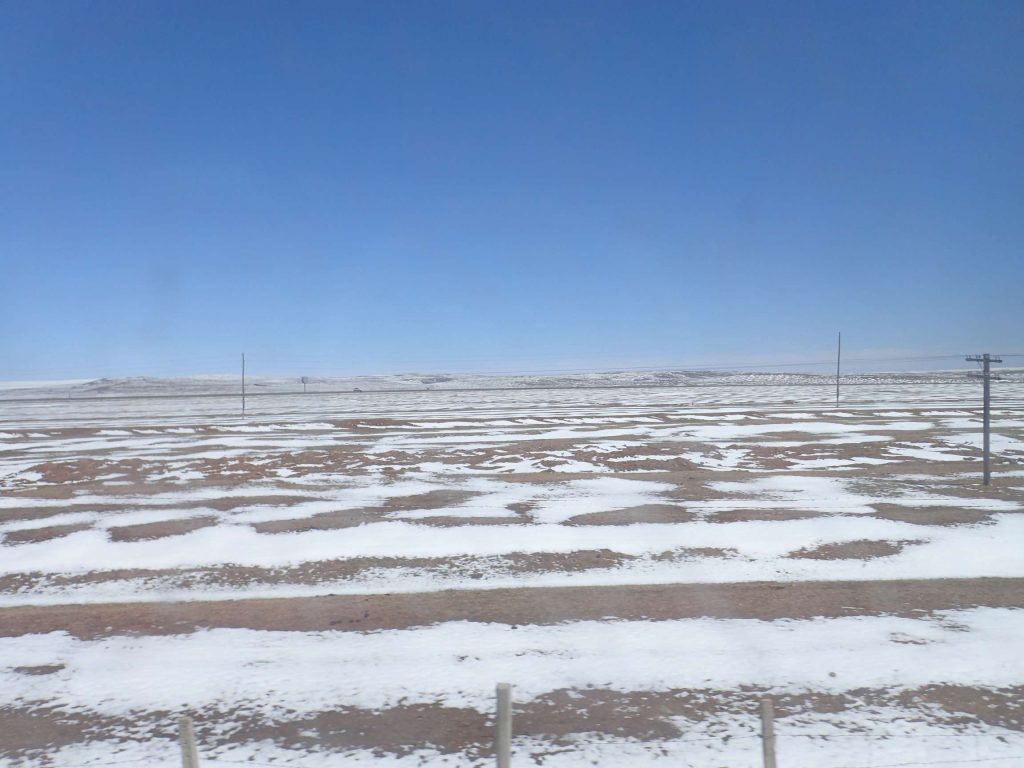
I hadn’t expected snow at all, or even temperatures below 5C, but apparently I hadn’t accounted for just how much variation there can be in day/nighttime temperatures.
After several instances of ‘is this Ulan-Bator?’ as we rolled through a depressing stand of tents and houses, we finally spotted the unmistakable sprawling mess at the end of a valley.

The hostel I had booked (a rare thing) offered free pickup from the trainstation, so after dropping my stuff I went straight out to explore the central square and some of the city.
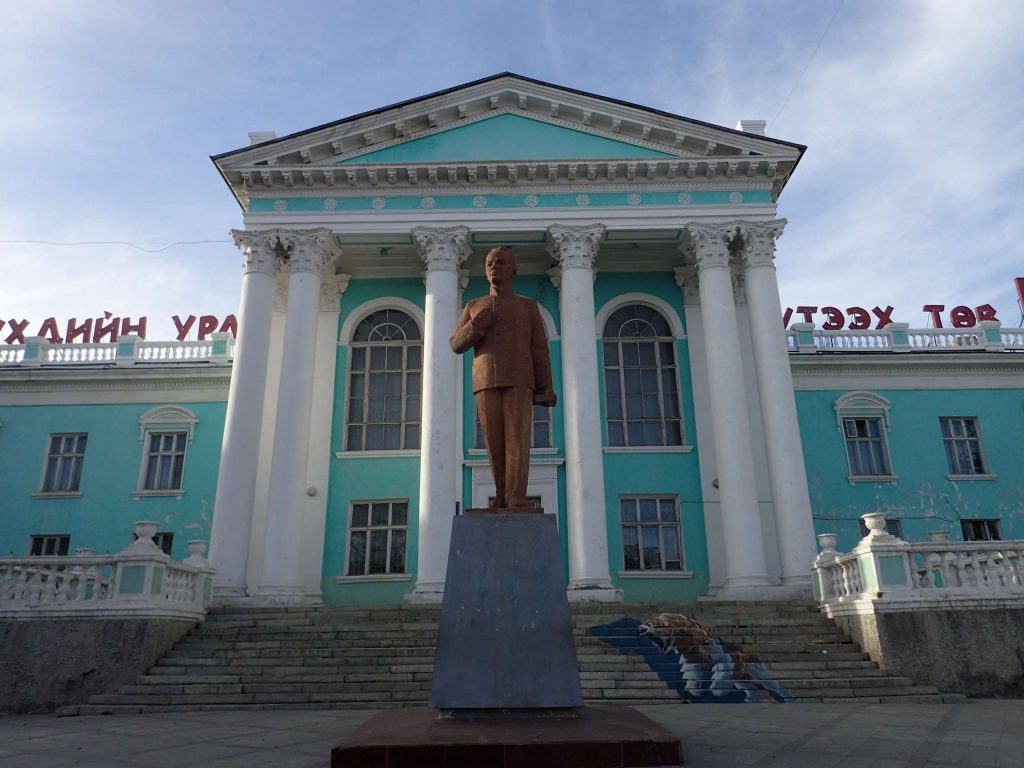


UB is the world’s second-most polluted city, so I was exceptionally lucky in getting a balmy 15C blue-skied day. The reason for the pollution is that UB’s population swells by almost half during the winter – courtesy of a nomadic population – and because the infrastructure isn’t strong enough to ‘cleanly’ heat all the gers (yurts), everyone just burns unrefined coal in the winter. A winter which regularly reaches -40C. UB is also the coldest capital in the world. It’s apparently like pea soup in the middle of winter.

I originally intended to do a straight five-day tour, taking up almost all of my time in Mongolia, with a site I found online – ‘Manlai’s Budget Tours’. When I checked my email that evening, however, the two others who had been coming on the tour had cancelled, so the whole thing was cancelled! Fortunately, I was staying a great hostel (‘UB Guesthouse and Tours’), and the owner, a lady by the name of Bobby, said I was able to join an overnight trip to the nearby Terelj National Park with two Italians, leaving tomorrow morning. As I would later find out, there’s a reason all the Peace Corps people in Mongolia stay at this hostel. It’s basically a converted apartment, so it has a different feel to most hostels, but the tour prices and quality are second-to-none. The Peace Corps people said that Bobby has the best English out of all the tour operators (I can confirm it’s excellent), and that the best tours for experience and price are Ger to Ger (‘ger’ is the Mongolian word for ‘yurt’) and UB Guesthouse.
The next morning, two tattooed Italians (Ivan and Daniel) and I (plus the driver) set out.

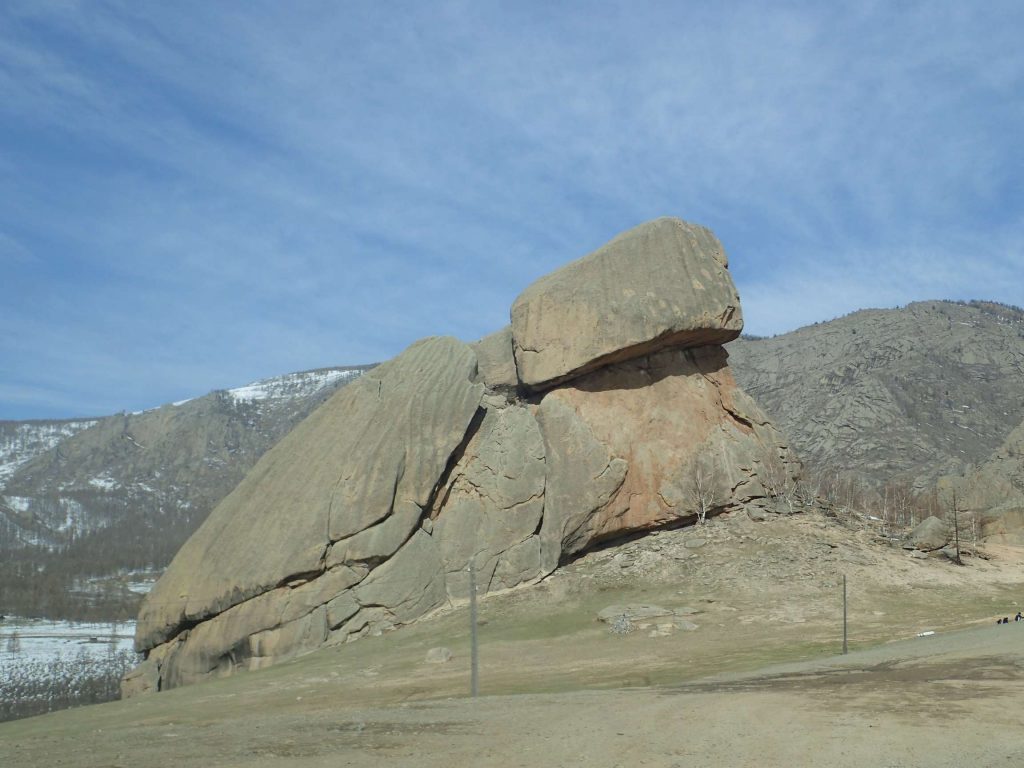

![Our house [in the middle of our street]](https://allroadsleadtonoma.com/wp-content/uploads/2016/05/28yurtstuff-1024x768.jpg)

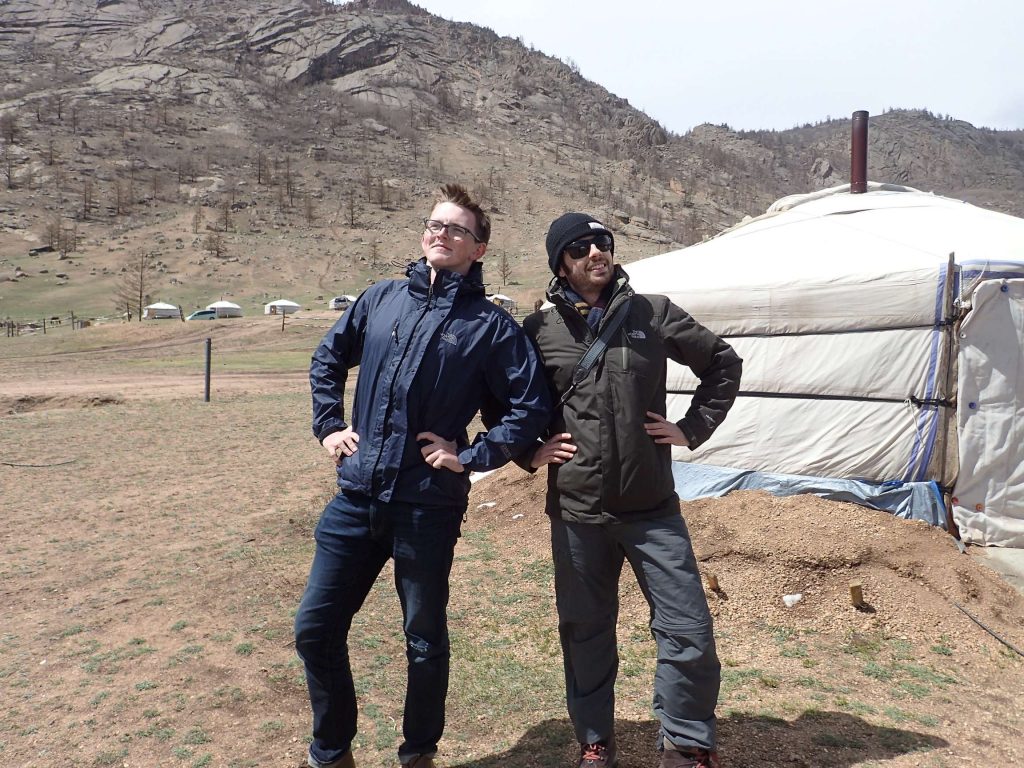
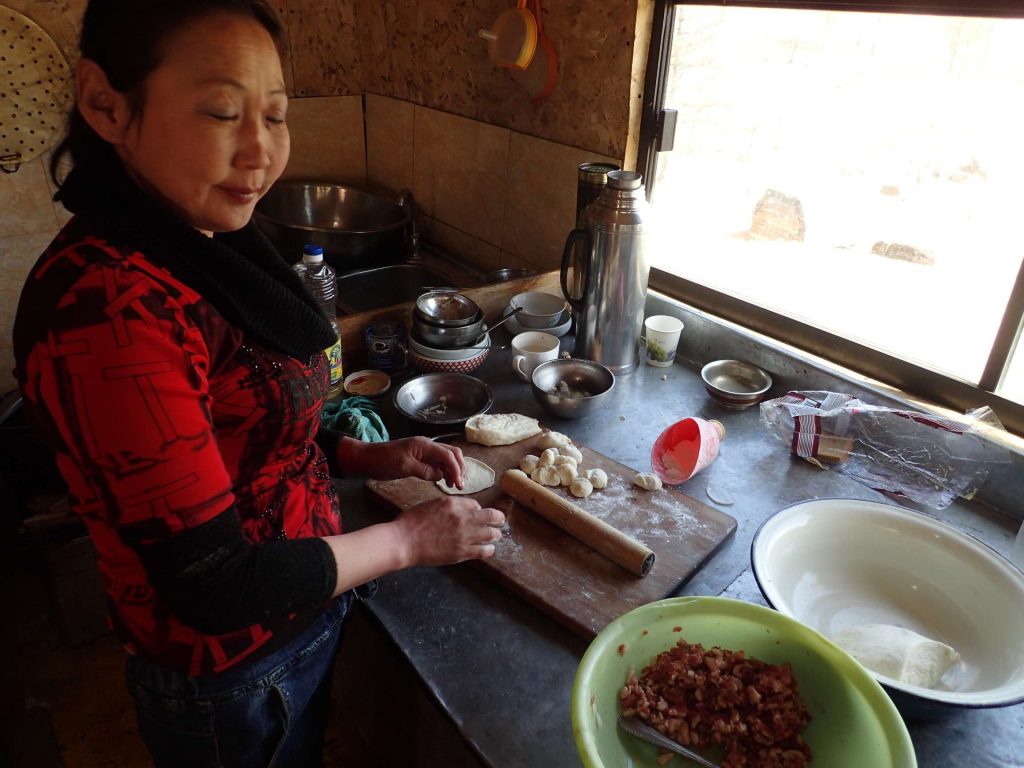
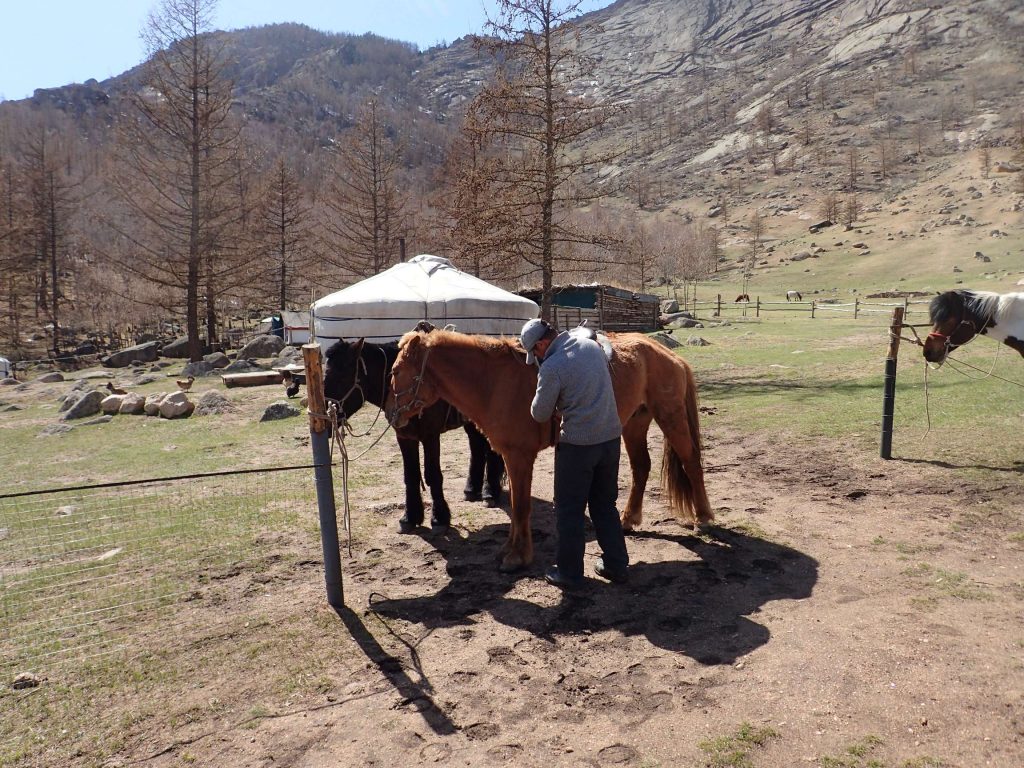
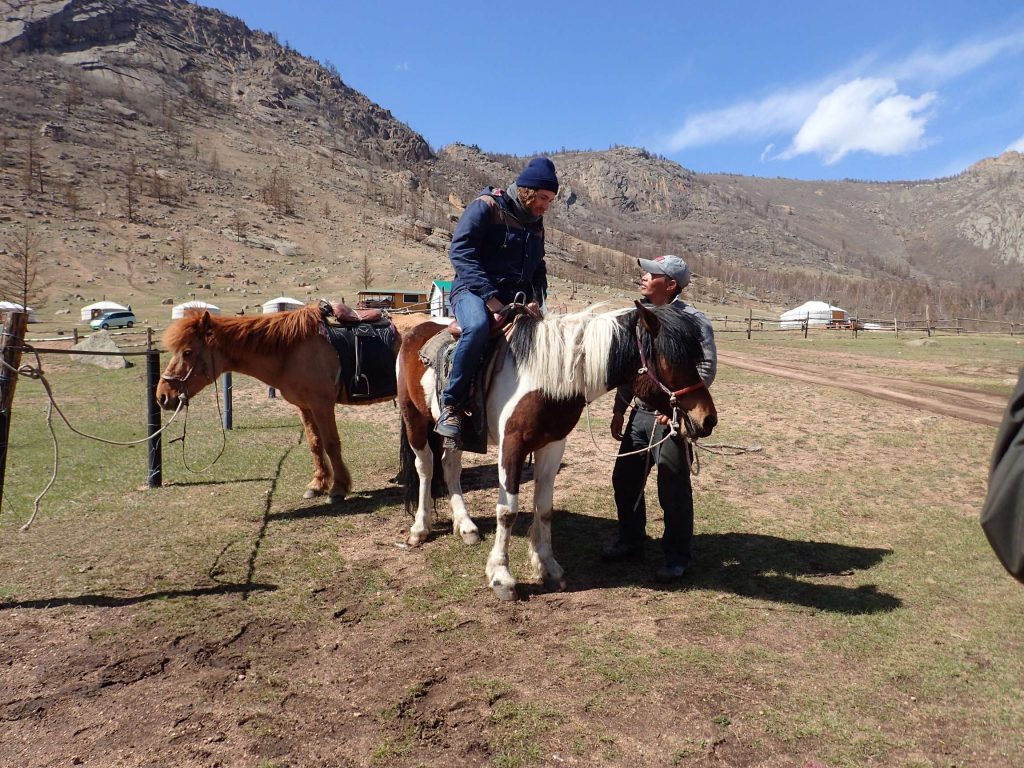
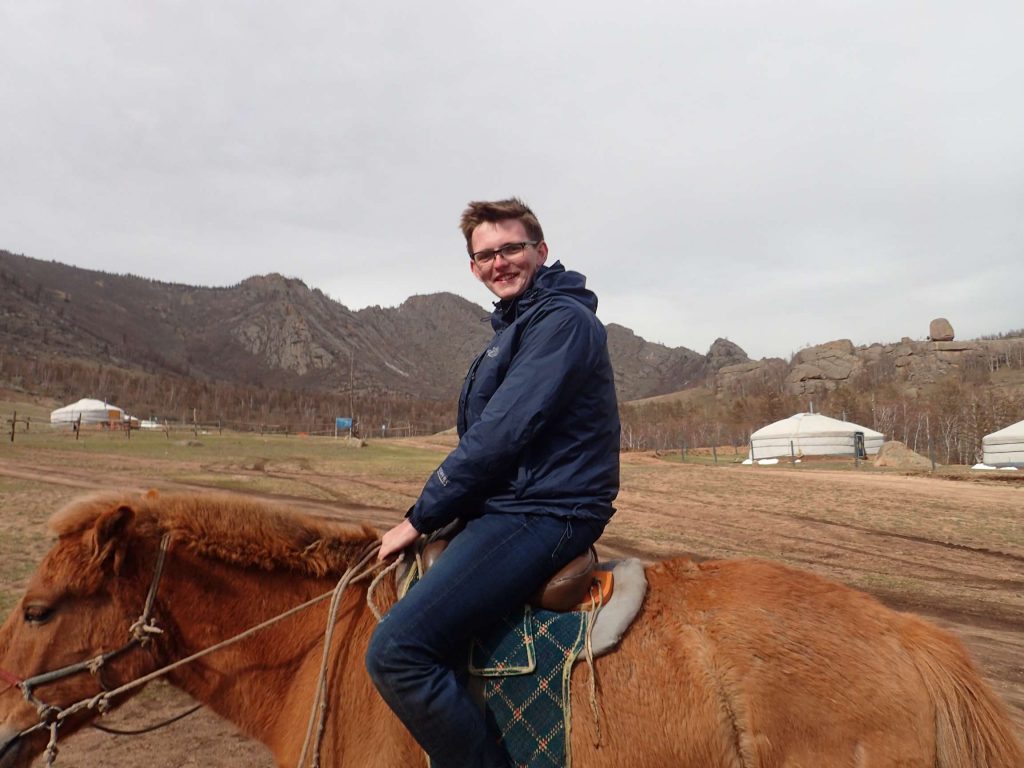
The horseriding was excellent fun. As we rode, Bagi was only too happy to extol the virtues of Mongolian horses: “Mongolia horse, 25km good [he made a thumbs-up sign], Europe horse, 5km tire [exaggerated panting]”. While smaller than European horses, Mongolian horses are far stronger and hardier – apparently they’re genetically very separate from each other, too. No wonder ol’ Ghengis managed to conquer half the world with them!
Being so far north, the sun rises at about 5am and sets at about 10pm, something I’m still not used to. That meant we had plenty of time after dinner to go and investigate the local geology.

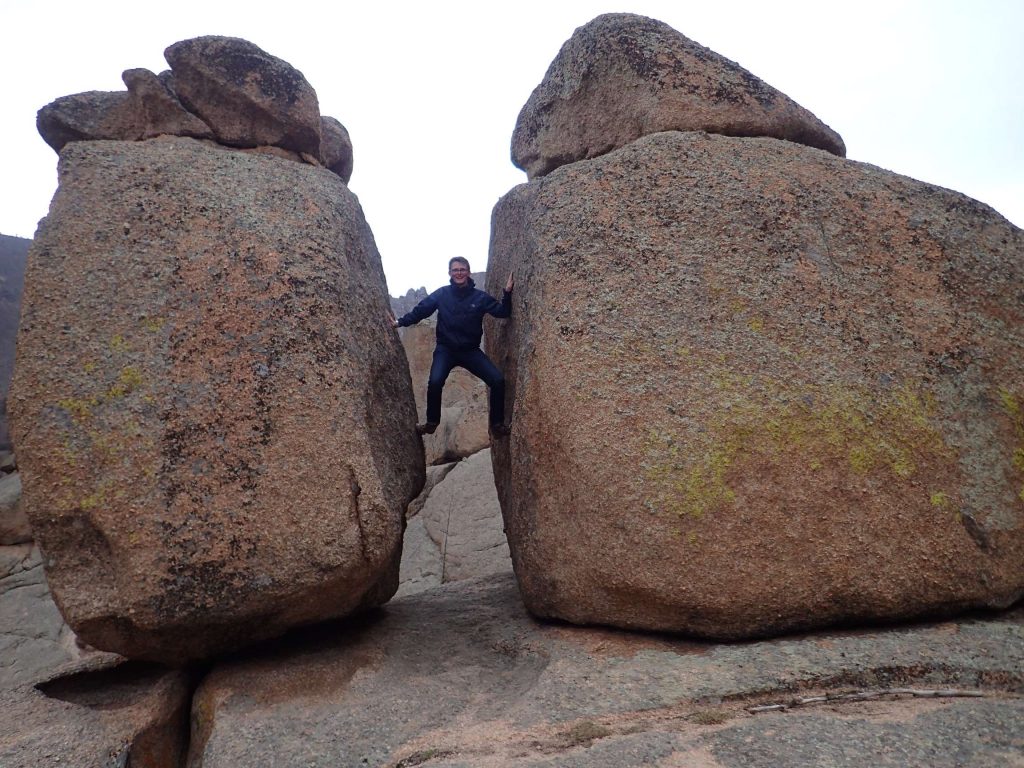
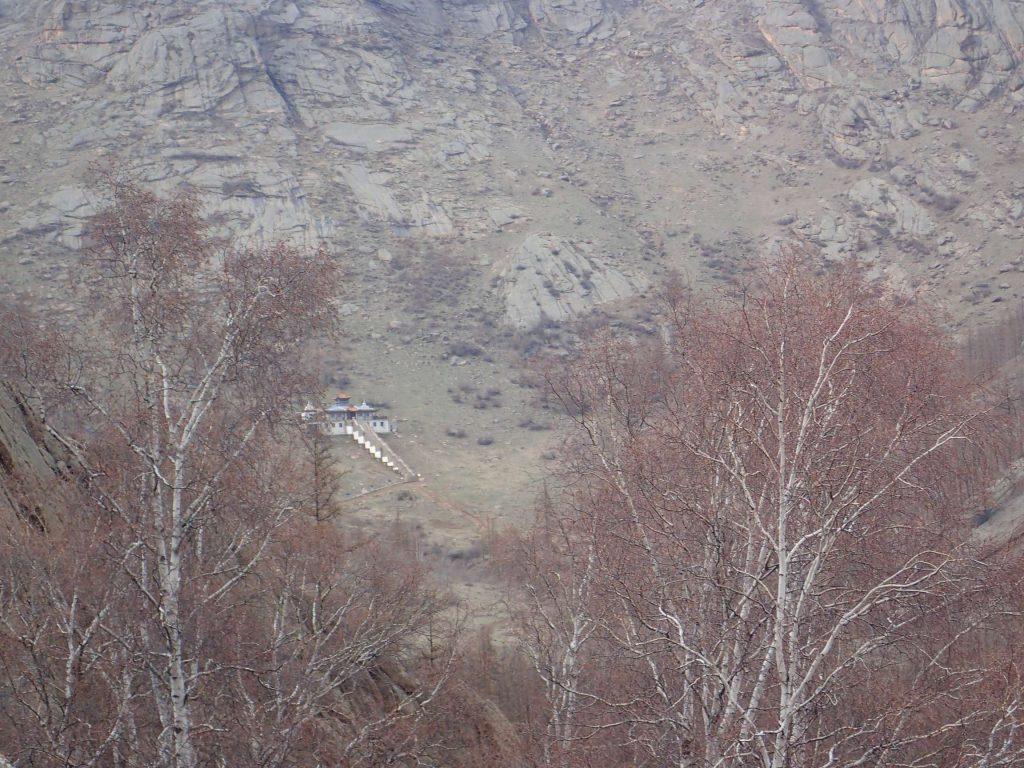
We vaulted a few fences and approached the bottom of the ‘temple compound’ – it was completely fenced off. To our surprise, a man leaned out of a ticketing booth and said “2000 togrog” ($1.40 AUD). Once we paid, he handed us a little brochure – of course these guys have a Facebook page. A sign inside greeted us to the temple, a message signed by “Enlightenment LLC”. I didn’t know Buddhism was literally an incorporated religion!
Lined up all along the path up to the monastery were boards with various Buddhist principles and philosophies. My personal favourite:


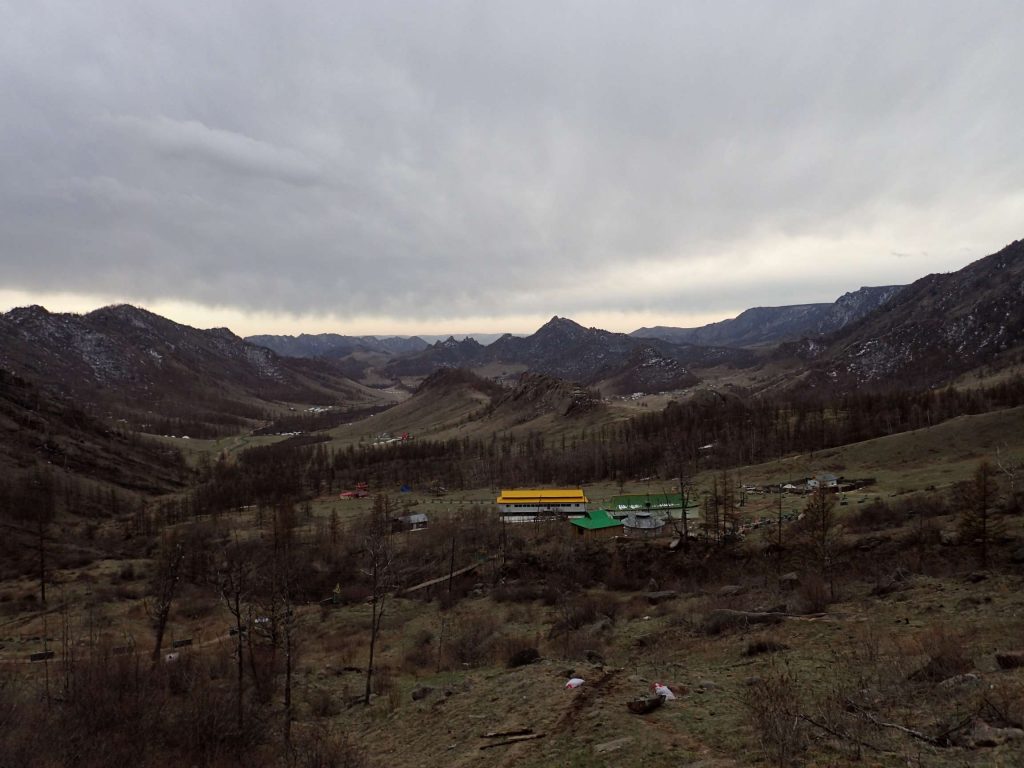


As we came back to the balancing rock, Daniel looked up at it and said “That is an amazing mountain. It looks like a big shit.” We all agreed that Mongolia must be at least 20% manure, based on the sheer amount of it lying on the ground: fresh, dried, pellets, cowpats, lumps, grassy, round, flat – the variety is endless.
Back at the camp, a couple of vans full of Mongolians had arrived and were setting up for a party in a couple of the gers. Bagi looked frustrated: apparently internal tourists from UB come often to relax on the weekend – ‘relax’ meaning get face-down-in-the-mud drunk and sing karaoke at the top of their lungs. And this being a Friday, preparations for said debauchery were well underway. Bagi assured us that he would get them to be quiet by 10pm, but considering it was 8:30pm and they were just setting up, that was a tall order.
Earlier in the day a chipper Mongolian woman (about 30 years old) had come into our ger and just started talking to us in Mongolian. Every now and then she would stop talking, having clearly just asked a question, and wait for our response… which never came, as we can’t speak Mongolian. Seemingly unperturbed, she continued like this for the better part of an hour. She even dragged us outside to play basketball before realizing that there was no ball. Eventually, through crude sign language and pictures, we learned she was called Nadad, she had two kids, and was working at this camp for whatever reason. She was again sitting in our ger at about 10pm charging her phone on my powerbank when a very large, very drunk Mongolian man burst in, barely restrained by three others – one of them Bagi – who were holding his arms and chest. He started yelling at us in Mongolian, spittle flying, throwing up his middle finger at us before being pulled out 30 or so seconds later. Nadad was firmly asked to leave, Bagi told us not to unlock the door until morning, then left us.
Ten minutes later, there was a knock on our ger door. We looked at each other, then ten seconds later the banging grew into hammering. We heard Nadad yelling and a man outside out door yelling back, then a lower plank of wood flew off our door as it was kicked. We saw the outline of someone pressing against the wall to one side of the door and some more yelling – Nadad’s the loudest, eventually storming off. A few seconds later, the lock on the door was wrenched out of its sockets and the door flew open to reveal the same man who had been dragged out earlier. Ivan the Italian, tattooed and shaggy-haired, standing a good foot over the Mongolian, got to his feet, ready for a fight. For a few tense seconds, nobody moved. Then the Mongolian stepped – well, more staggered – inside and stood in front of Ivan. He started speaking a jumble of Mongolian and then, after a few more seconds, grinned and held out his hand, which Ivan shook – then the Mongolian pointed at Daniel accusingly and raised his voice, then me – then he came around and high-fived us each in turn. It seemed he couldn’t make up his mind whether to fight us or make friends with us. He then sat down at our table and made an arm-wrestle gesture. This is the only photo I managed to sneak, and a blurry one at that:

I did get a video of almost the whole event, but that will wait until this trip’s highlight reel. About two seconds into the arm wrestle, Bagi and three others ran in, this time with what appeared to be the local giant – a good 6 foot 8, the kind of guy you imagine as a Bond movie henchman – and the drunk Mongolian was ‘gently coaxed’ into leaving the tent. Not, however, before high-fiving us all once more.
From Bagi’s halting explanation, we gathered that the drunk man thought we Western men were ‘having our ways’ with Nadad (we never found out if he was husband, girlfriend, or completely unrelated). Seeing as she came in and just sat and talked to us in Mongolian, the opposite was true. Still, I guess we’d experienced ‘real Mongolia’? It was certainly an exciting end to the evening.
Next morning, I accompanied Bagi bright and early to go milk the cows.



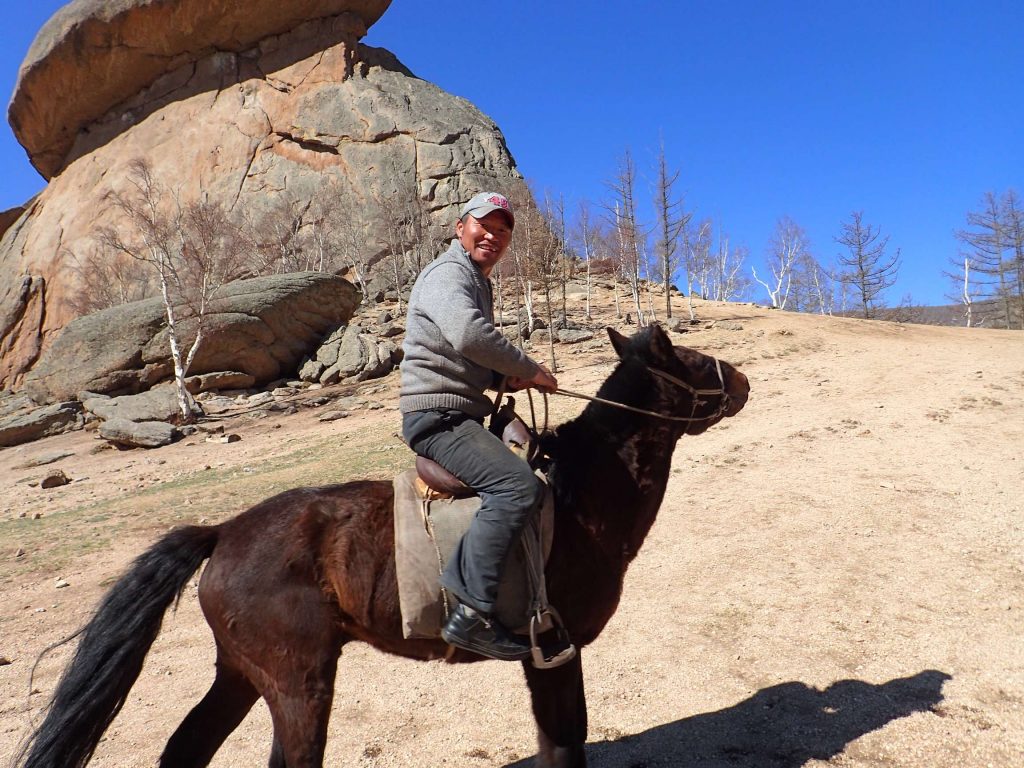
For 55 USD, the whole thing was priced exceptionally well. Back at this hostel, this is what greets you every time you enter – the interior is much more welcoming, I promise! If you ever go to Mongolia, UB Guesthouse and Tours or Ger to Ger are the two best operators.
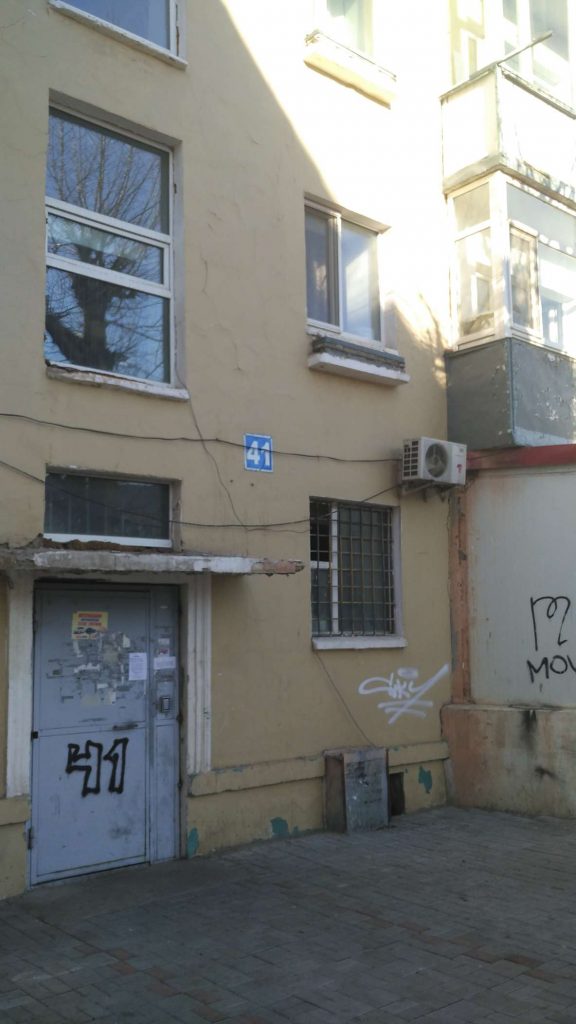
Thanks for reading! I just set a couple of new records for post length and most pictures… Next time: Naran Tuul, the ‘black market’ of Ulan-Bator, and a night with a nomadic family in the Gobi desert.
‘Til next time
– Alex

